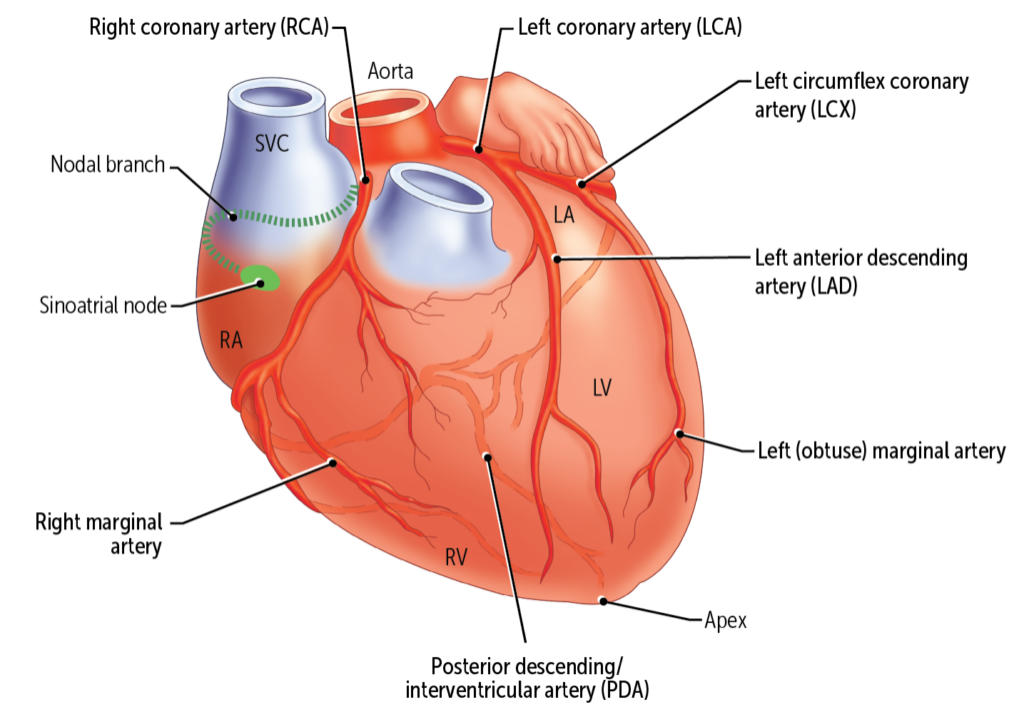Bile is a greenish-yellow fluid produced by the liver. It is stored in the gallbladder and released into the small intestine, where it aids digestion by breaking down fats into fatty acids.
Water is the main component of bile (about 95%). Bile also contains bile salts (the salt form of bile acids), cholesterol, phospholipids, bilirubin (a yellow-orange bile pigment produced by the breakdown of red blood cells that gives bile its characteristic color), and inorganic salts.
After listening to this AudioBrick, you should be able to:
- Define bile, list its components as secreted from the liver, and explain how this differs after storage in the gallbladder.
- Describe the endocrine mechanism stimulating gallbladder contraction and the secretion of bile into the small intestine.
- Describe the amphipathic structure of bile salts and why this is important.
- Describe the absorption of bile acids and salts in the small intestine and the enterohepatic circulation, and explain differences among handling of primary and secondary bile salts and bile acids.
- Describe the cellular mechanisms for the recycling of bile salts.
If you haven’t subscribed to the Rx Bricks Podcast, we suggest you do it today! It’s free.
Head to the homepage for the Rx Bricks Podcast to hear the full episode and subscribe so that you’re notified when the next one drops.




